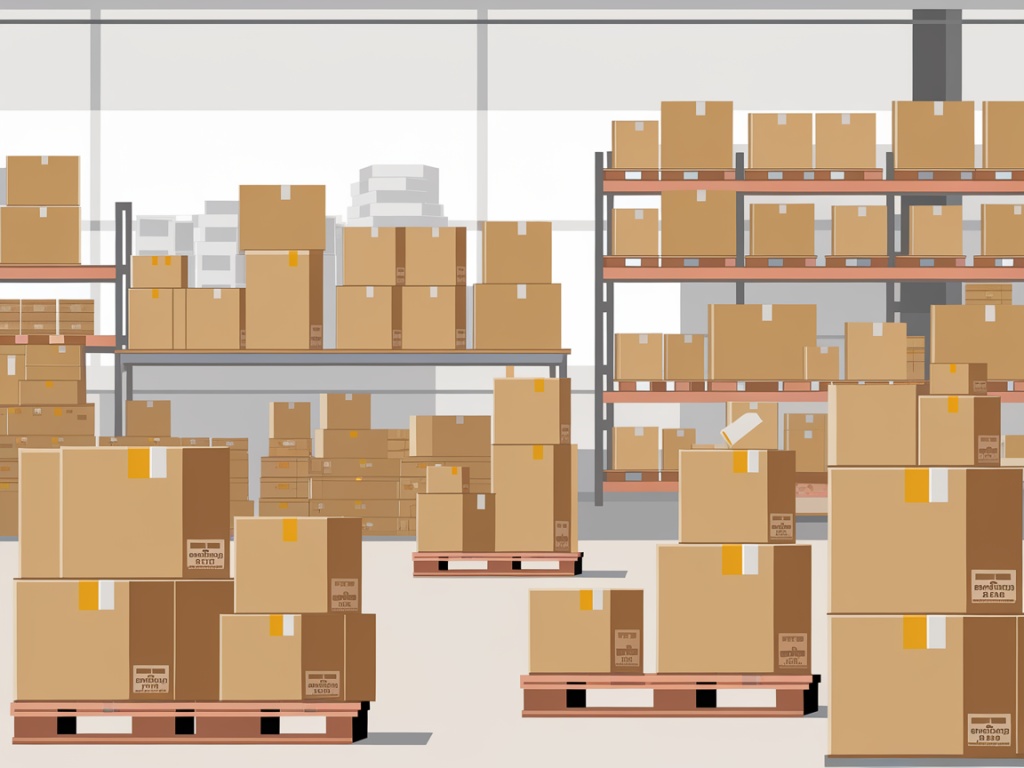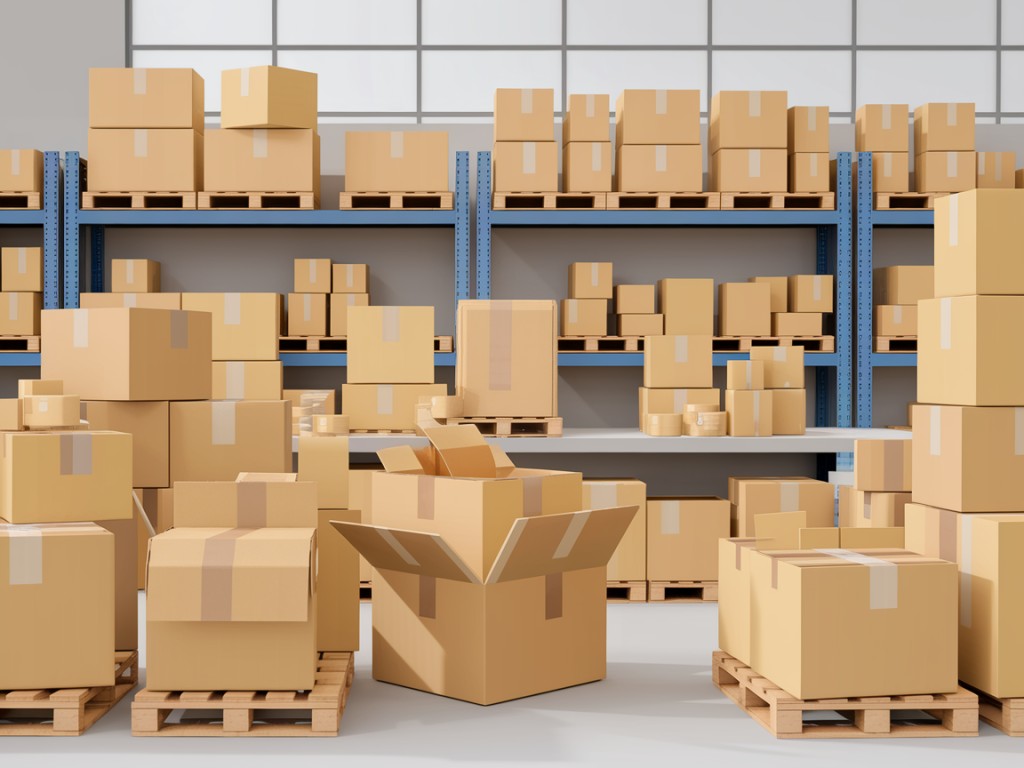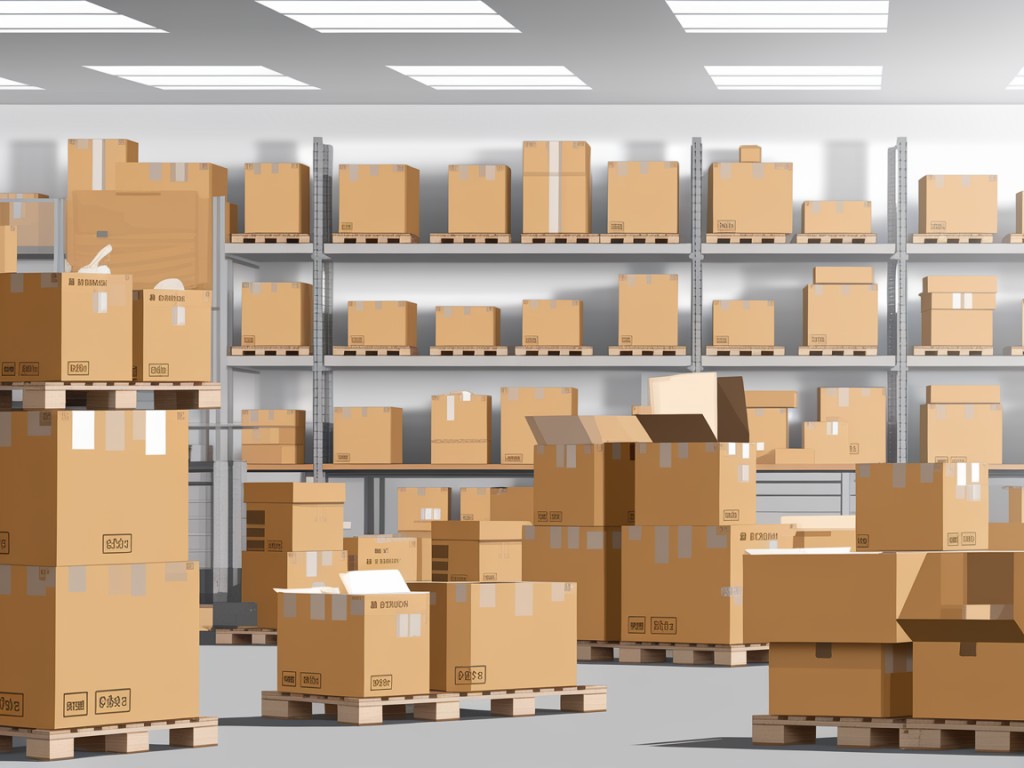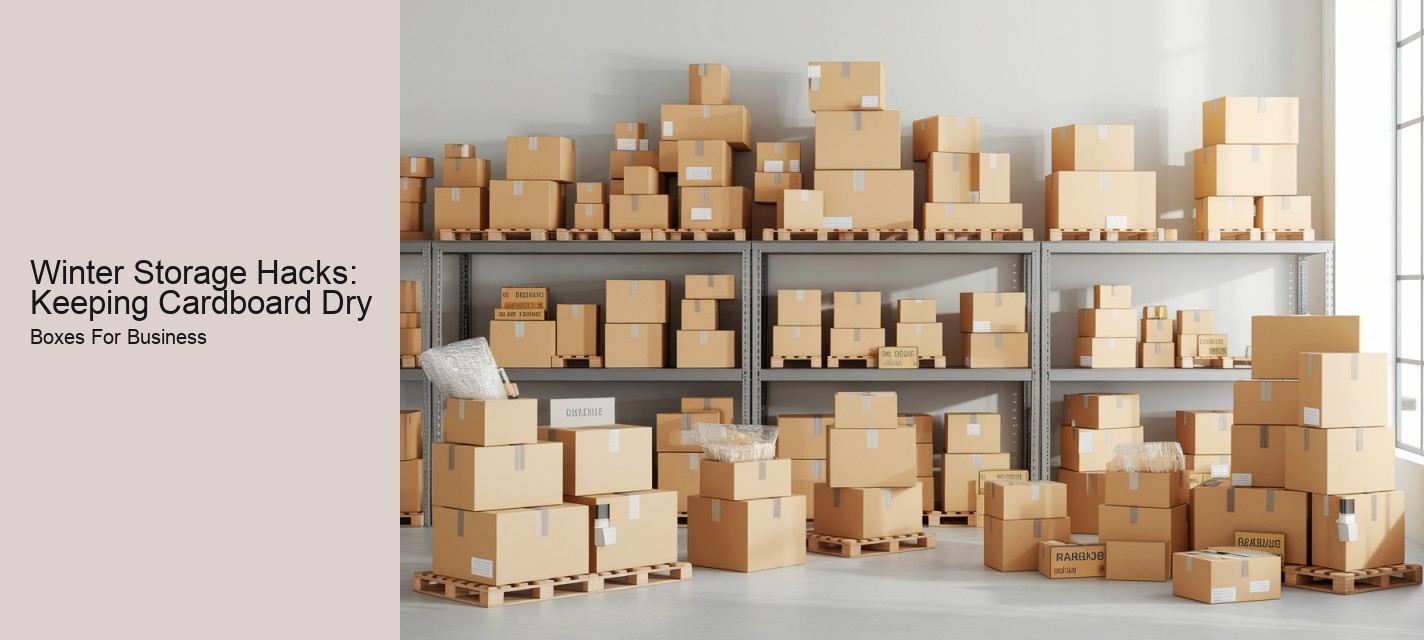Winter Storage Hacks: Keeping Cardboard Dry
Winter is a season that often brings challenges when it comes to storage. Cardboard Boxes Sydney . The cold temperatures and increased humidity can wreak havoc on items left unprotected, especially those made of cardboard. Cardboard is a versatile material, commonly used for packaging and storing goods, but it's prone to becoming damp and deteriorating if exposed to moisture. In this essay, well explore some simple yet effective winter storage hacks to keep your cardboard dry and preserve its integrity throughout the season.
Understanding the Problem
Cardboard can absorb moisture from the air, leading to warping, mildewing, and ultimately breaking down. This is particularly problematic during winter, when the temperature fluctuations and high humidity inside homes or storage units can exacerbate these issues.
Winter Storage Hacks: Keeping Cardboard Dry - Mailer cardboard boxes with self sealing tape
- Rigid set-up cardboard boxes for luxury items
- Cardboard packaging for perishable foods
- Fast turnaround custom cardboard box printing
- Cardboard packing kits with tape and labels
- Cardboard boxes for manuscript and document storage

Choosing the Right Location
The first step in keeping your cardboard dry is selecting an appropriate storage location.
Winter Storage Hacks: Keeping Cardboard Dry - Retail display cardboard boxes with window
- Die-cut chipboard and cardboard boxes
- Second-hand cardboard boxes for budget packaging
- High quality corrugated board packaging
- Archival grade cardboard storage boxes
- Cardboard packaging with built-in handles
- Basement: If your basement is well-insulated and doesn't have standing water, it might be a good option. However, basements can be humid, so you'll need to take extra precautions.
- Garage: A garage is typically drier than a basement, but ensure that it's sealed properly and free from leaks. Also, check for any signs of mold or mildew before storing items.
- Storage Unit: Invest in a climate-controlled storage unit to maintain consistent temperature and humidity levels. This is especially helpful if you live in an area with harsh winters.
Utilizing Desiccants
Desiccants are substances that absorb moisture from their surroundings. They come in various forms, including silica gel packets, which are commonly found in shoeboxes and electronics packaging.
Winter Storage Hacks: Keeping Cardboard Dry - Bulk cardboard boxes supplier online
- Foldable cardboard crates for moving
- Cardboard packaging for industrial machinery parts
- Recycled cardboard boxes with eco packaging material
- Food grade cardboard takeaway boxes
- Affordable cardboard boxes wholesale Sydney

- Silica Gel Packets: Place silica gel packets inside each box of items you plan to store. These packets will absorb excess moisture, helping to prevent the cardboard from getting damp.
- Baking Soda: Another natural desiccant, baking soda can be sprinkled into the bottom of boxes. It absorbs moisture and also helps to neutralize odors.
Sealing the Packages
Proper sealing is crucial in preventing moisture from reaching your cardboard items. Here are some ways to ensure that your packages are securely sealed:

- Plastic Wrap: Use plastic wrap to cover the top of each box after placing items inside. This creates a barrier that prevents moisture from penetrating the cardboard.
- Tape: Seal all edges of the box with strong tape. This not only provides additional protection against moisture but also keeps the contents secure.
- Sealable Bags: Consider placing smaller items inside sealable plastic bags before putting them in the box. This adds another layer of protection against moisture.
Elevating the Boxes
Elevating your storage boxes can help reduce the chances of them getting wet due to condensation or leaks. By raising them off the ground, you create a buffer zone that can prevent water from pooling underneath.
- Pallets: Use pallets or wooden crates to elevate your boxes.
Winter Storage Hacks: Keeping Cardboard Dry - Mailer cardboard boxes with self sealing tape
- Corrugated cardboard moving boxes with handles
- Eco kraft cardboard boxes for crafts
- Insulated cryogenic cardboard shipping boxes
- Automotive parts cardboard shipping boxes
- High strength double flute cardboard boxes
- Plastic Bins: Another alternative is to store your cardboard boxes inside larger, plastic bins. Elevate these bins slightly above the ground to provide additional protection.
Inspecting Regularly
Regular inspections of your stored items are essential to catch any potential moisture issues early. Check your storage space periodically to ensure that everything is still dry and in good condition.
- Look for Condensation: Open boxes occasionally to check for any signs of condensation. If you notice any moisture, consider moving the items to a drier location.
- Retail display cardboard boxes with window
- Bulk cardboard boxes supplier online
- Luxury rigid box packaging with foam
- Child-resistant cardboard packaging boxes for pharmaceuticals
- Mailer cardboard boxes with self sealing tape
- Check for Mold: Look out for any mold or mildew growth. If you spot it, remove the affected items and clean the area thoroughly before returning them to storage.
Winter Storage Hacks: Keeping Cardboard Dry - Mailer cardboard boxes with self sealing tape
Seasonal Adjustments
Winter conditions can vary significantly depending on where you live. Make adjustments to your storage strategy based on local weather patterns and conditions.
- Humidity Levels: Invest in a hygrometer to monitor the humidity levels in your storage area. If the humidity gets too high, consider using dehumidifiers to bring it back to a manageable level.
- Temperature Changes: Keep an eye on temperature changes, especially in unheated spaces. Sudden drops can cause condensation, so try to minimize exposure to extreme cold.
Conclusion
Winter storage can be challenging, but with the right strategies, you can protect your cardboard items from moisture and ensure they stay in good condition throughout the season. By choosing the right location, utilizing desiccants, sealing packages properly, elevating boxes, inspecting regularly, and making seasonal adjustments, you can safeguard your stored goods and avoid the frustrations that come with damaged cardboard. Stay proactive, and your winter storage endeavors will be much smoother and more successful.






